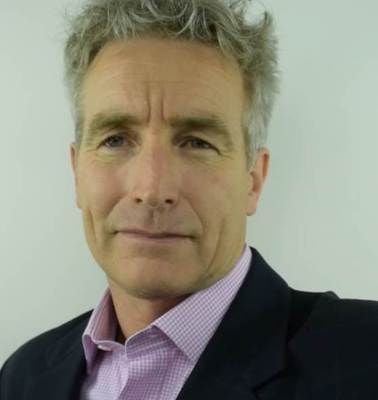Did you know about breast feeding rates in Australia?
)
Before you can have an informed discussion about breast feeding after breast reduction it really helps to have some insights into what the range of breast feeding experience of women who do not or have not had a breast reduction may be.
As you would expect, every woman's experience of breast feeding is different and a huge number of factors (such as the mother's health, the baby's health and size at birth and in the months following).
Let's start with the current recommendations from the health authorities.
There are 2 major authorities who make recommendations relevant to Australian women.
These are:
- The World Health Organization (WHO), and
- The Australian National Health and Medical Research Authority (NHMRC)
Both these authorities have issued recommendations about the optimal period of breast feeding for babies. The WHO guideline statement was issued in 2011 and the NHMRC guideline statement was issued in 2012 following on from the WHO statement.
The WHO and NHMRC guidelines recommend babies are feed breast milk as their sole food source until 6 months of age. From 6 months of age onwards additional food sources are progressively introduced in addition to breast milk with breast milk continuing to be a part of the baby's diet up to 2 years or beyond as appropriate.
So these are the recommendations of what should happen in the ideal world. What is the common experience?
We have 2 sources of information about what is happening in the real world experience for mothers and their babies.
These are:
- The 2010 Australian National Infant Feeding Survey, and
- Growing Up in Australia: The Longitudinal Study of Australian Children, Annual Report 2006-2007
So how are we doing?
The 2010 Australian National Infant Feeding Survey tells us
96% of Australian mothers start breast feeding.
But breast feeding is not as straightforward as you might have thought.
By 3 months only 39% of babies are still being fed exclusively by breast milk (usually meaning they get some or all of their nutrition from formula milk)
By 5 months this drops to 15%.
The Growing Up in Australia study tells us 28% of children are still receiving at least some breast milk at 12 months. 5% of Australian babies are receiving at least some breast milk at 2 years.
These are the guideline recommendations and the reported experience of women and babies in Australia.
In summary about 40% of women and their babies make it to 3 months breast feeding exclusively and only about 15% of women make it to 5 months which is close the 6 months WHO recommendation. Having said that around a quarter of babies are still having breast milk as part of their diet at 12 months.
*This blog is best read in conjunction with the blog about breast feeding after a breast reduction which you will also see on this site
) Author:Dr Jamie Burt
Author:Dr Jamie Burt| Tags:Breast FeedingBreast ConfidenceSelf Image |







